

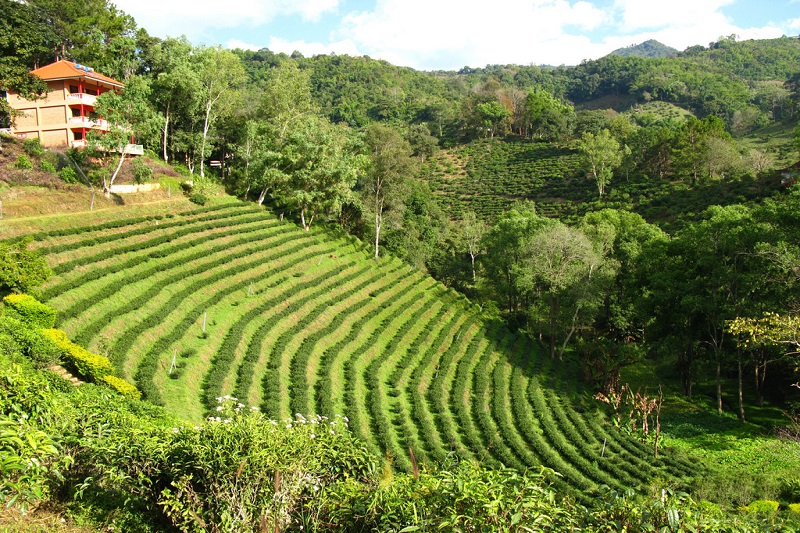
Solar radiation, temperature, and precipitation are the main drivers of crop growth; therefore agriculture has always been highly dependent on climate patterns and variations.
Since the industrial revolution, humans have been changing the global climate by emitting high amounts of greenhouse gases into the atmosphere, resulting in higher global temperatures, affecting hydrological regimes and increasing climatic variability.
Climate change is projected to have significant impacts on agricultural conditions, food supply, and food security.
Overall, climate change could result in a variety of impacts on agriculture.
However, agriculture is itself responsible for an estimated one third of climate change. It is generally agreed that about 25% of carbon dioxide emissions, are produced by agricultural sources, mainly deforestation, the use of fossil fuel-based fertilizers, and the burning of biomass. Most of the methane in the atmosphere comes from domestic ruminants, forest fires, wetland rice cultivation and waste products, while conventional tillage and fertilizer use account for 70% of the nitrous oxides.
According to the Intergovernmental Panel on Climate Change, the three main causes of the increase in greenhouse gases observed over the past 250 years have been fossil fuels, land use, and agriculture. Over the past centuries, human ingenuity has led to technological advances in agriculture that have allowed substantial increase in crop yields, in part stimulated to meet population growth. Intensive agricultural methods are reported to have detrimental effects on the environment.
The agricultural sector has become one of the main driving forces in gas emissions and land use effects. For example, agriculture contributes to greenhouse gas increases through land use in different ways: carbon dioxide emissions linked to deforestation in temperate regions where forests and woodlands are cleared to make room for fields and pastures methane emissions from rice cultivation and enteric fermentation in cattle nitrous oxide emissions from fertilizer applications The Big Picture
Together, these agricultural processes comprise 54% of methane emissions, roughly 80% of nitrous oxide emissions, and virtually all carbon dioxide emissions tied to land use. Deforestation for land cleaning purposes also affects regional carbon reuptake, which can result in increased concentrations of carbon dioxide, the dominant greenhouse gas.
Worldwide, livestock production occupies 70% of all land used for agriculture, or 30% of the land surface of the Earth.
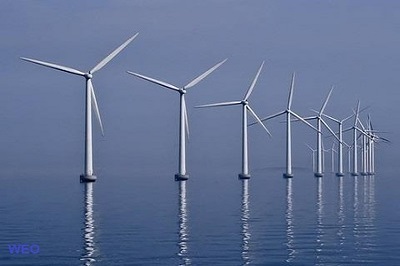
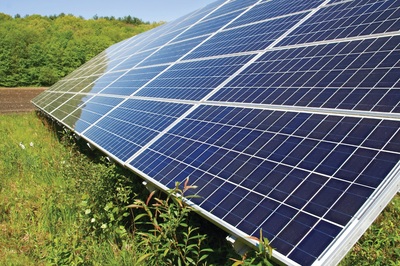
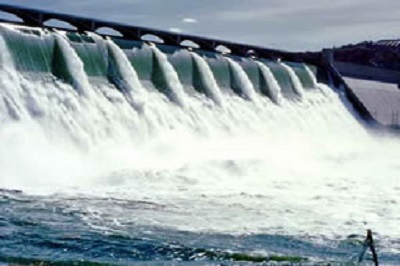
Alternative energy refers to energy that is derived from non-traditional sources. Hence, alternative energy includes compressed natural gas, solar power, hydroelectricity, biofuels, and wind power. In order to help stop climate change and build a more sustainable future, alternative energy must be harnessed. In the context of climate change, alternative energy refers to any source of energy that could replace fossil fuels such as oil and coal which are responsible for producing greenhouse gases.
Essentially, alternative energy is an umbrella term that includes renewable energy. In other words, all forms of renewable energy are considered alternative energy but not vice versa.


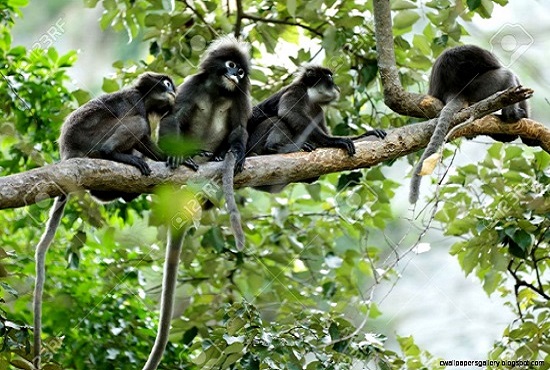
The deforestation of the Amazon Rainforest is amongst the world's worst environmental disasters. Since the beginning of human history, people have cut down trees to make way for agricultural or commercial production, the construction of houses or to supply the required demands for timber. Deforestation in Latin America results from problems associated with overpopulation, which has been occurring since the mid-twentieth century. The tropical rainforest is fading away quickly and is at risk of disappearing forever. Since colonization, which started in the 1960s, deforestation was a threat to the Amazon rainforest. It once covered 14% of the Earth’s surface in land, but today it barely covers 6%. Experts believe that the rainforest could disappear in a matter of forty years. Also, approximately half of the world’s animal and plant life will become extinct or severely endangered in the next 25 years.
The Amazonian rainforest is essential to the health of the planet and its inhabitants. It is a storehouse of plant and animal species which represent a vital source of biodiversity. Over a quarter of all pharmaceutical products come from rainforest produce. They have provided treatments for diseases like leukemia, Hodgskin’s disease, snake bites, along with breast, cervical and testicular cancer, and are presently used in research for a possible treatment for AIDS.
The Amazon rainforest plays a fundamental role in the overall health of the planet by helping regulate climate, hydrological services, carbon sequestration, fire protection, pollination, and disease. It provides about 20% of the world’s supply of oxygen and absorbs large amounts of carbon dioxide. It represents approximately 54% of the rainforest left on Earth and is one of the most important ecosystems in the world. Over half of all plant and animal life on Earth lives in the Amazon rainforest. It is also home to many different tribes of indigenous people.
Global warming is not only a consequence, but also a cause of deforestation. The overall global warming caused by various human activities such as factory production and transportation contribute to the deforestation affecting the Amazonian rainforest. Factors such as temperature changes, droughts, and forest fires all cause deforestation.
The Amazon rainforest is especially at risk of accidental forest fires during the dry season. Due to global warming, the plants are getting drier making them most vulnerable to fire.
During the drier conditions, especially during an El Niño year (a cyclical disruption of the ocean-atmosphere system), fields used for agriculture could easily catch fire and spread into the rainforest nearby.
In fact, the majority of forest fires occur during an El Niño year. The strong El Niño years of 1997 and 1998 contributed to enormous forest fires, causing over 400,000 square kilometers of forest to go up in smoke.
The fires not only destroy the forest, but also kill wildlife and discharges even more carbon into the atmosphere (this carbon binds with oxygen to form carbon dioxide) causing more global warming, making it a vicious cycle.
If these changes in temperature, droughts, and forest fires continue to increase as they do, then there will be a dry deserted land where the Amazon rainforest once stood.
The Brazilian Amazon is a dream come true for many gold-diggers who seek fortune. It contains a wide variety of minerals such as bauxite, diamonds, gold, iron, oil, and ore. Mining is linked with the degradation of ecosystems caused by soil erosion, runoff, infrastructure development, and environmental pollution. Brazil contains a long history of gold mining with numerous people working in dangerous conditions. For example, between 1550 and 1880, gold mining has released more than 200,000 metric tonnes of mercury into the environment. Sadly, mercury takes a long time to degrade, and while it remains in the environment, it affects the health of anything exposed to it. Today, Latin America earns the largest share in mining profit. Brazil, Chile, and Peru are the main mining countries. Unfortunately, mining in forests causes deforestation and also releases chemicals that pollute the rivers located nearby mines as well as farmland downstream.
Deforestation in the Amazonian rainforest is caused by global warming, colonization and economic development.
People should not have to resort to settling in land that is unsuitable. Clearly, they should not exploit the land, but try to conserve it instead.
If things continue as they do, the Amazon rainforest will only exist in history books. It is our duty to promote awareness of the situation and to try to educate people in order to make a difference. By taking action to stop climate change, we can save the Amazon rainforest for future generations. Special thanks to Cynthia Cousineau for the great research involved in this article.
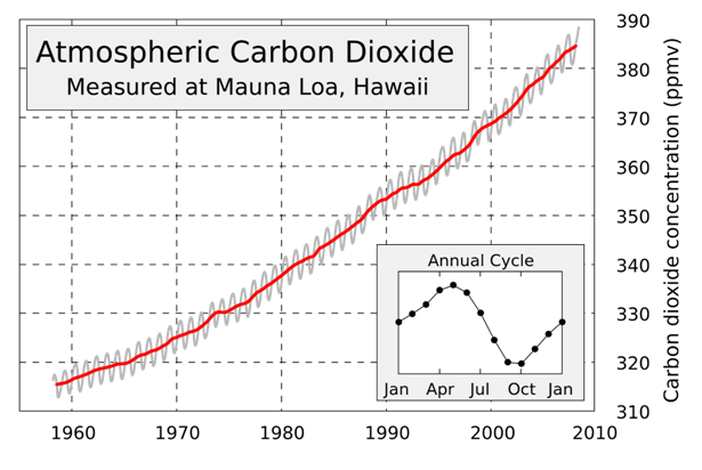
This graph clearly shows a picture of the rising CO2 emissions. After a couple of years you can see where it would lead.
The reason why it each year fluctuates is because there is less land located south of the equator. Most of the country lies north of the equator and also most of the vegetation. If the northern hemisphere is directed towards the sun, the leaves take in carbon dioxide and thereby reducing the level goes down in the atmosphere, and hence also on the chart. But if the North is averted give up the sun, the falling leaves off carbon dioxide which content increases in the atmosphere. It is as if the whole earth in and exhale 1x year.